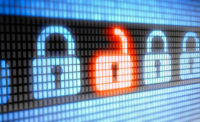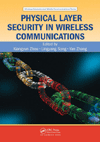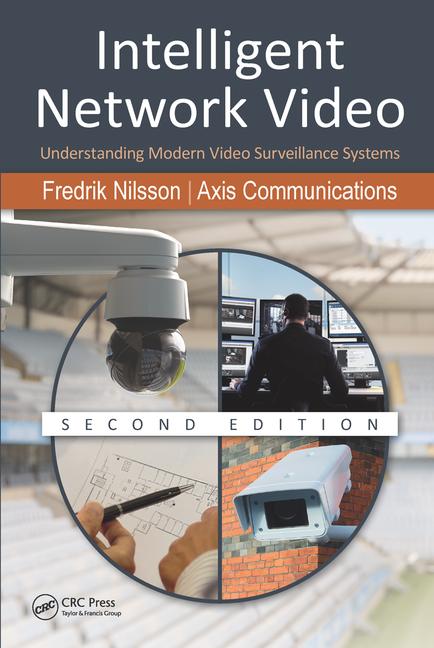China Creates Secure Communications Network

China is to use quantum cryptography to create an “unhackable” communications network. Using the network, some 200 users from the military, government, finance and electricity sectors will be able to send messages without the concern that others may be able to read them.
Traditionally, encryption works by hiding the key needed to read the message in a difficult mathematical problem. But nowadays powerful computers can solve these formerly unsolvable problems.
Quantum communication works by first sending a key embedded in particles of light, then the encrypted message is sent, and the receiver reads this with the help of the key sent earlier. The method is ultra-secure as a quantum photon can neither be separated nor duplicated. Accordingly, it is impossible to wiretap, intercept or crack information it transmits.
In the past, long-distance free-space quantum communication experiments could only be performed at night, because sunlight, or sunlight noise, prohibits quantum communication in transmission under conditions of high channel loss over long distances.
But a team from the University of Science and Technology of China led by Pan Jianwei, an academic with the Chinese Academy of Sciences, has overcome the sunlight noise issue and demonstrated free-space quantum key distribution over 53 km during the day.
China is striving to set up the first-ever global quantum communication network by around 2030, through linking a satellite constellation consisting of dozens of quantum satellites and ground-based quantum communication networks.
Looking for a reprint of this article?
From high-res PDFs to custom plaques, order your copy today!






